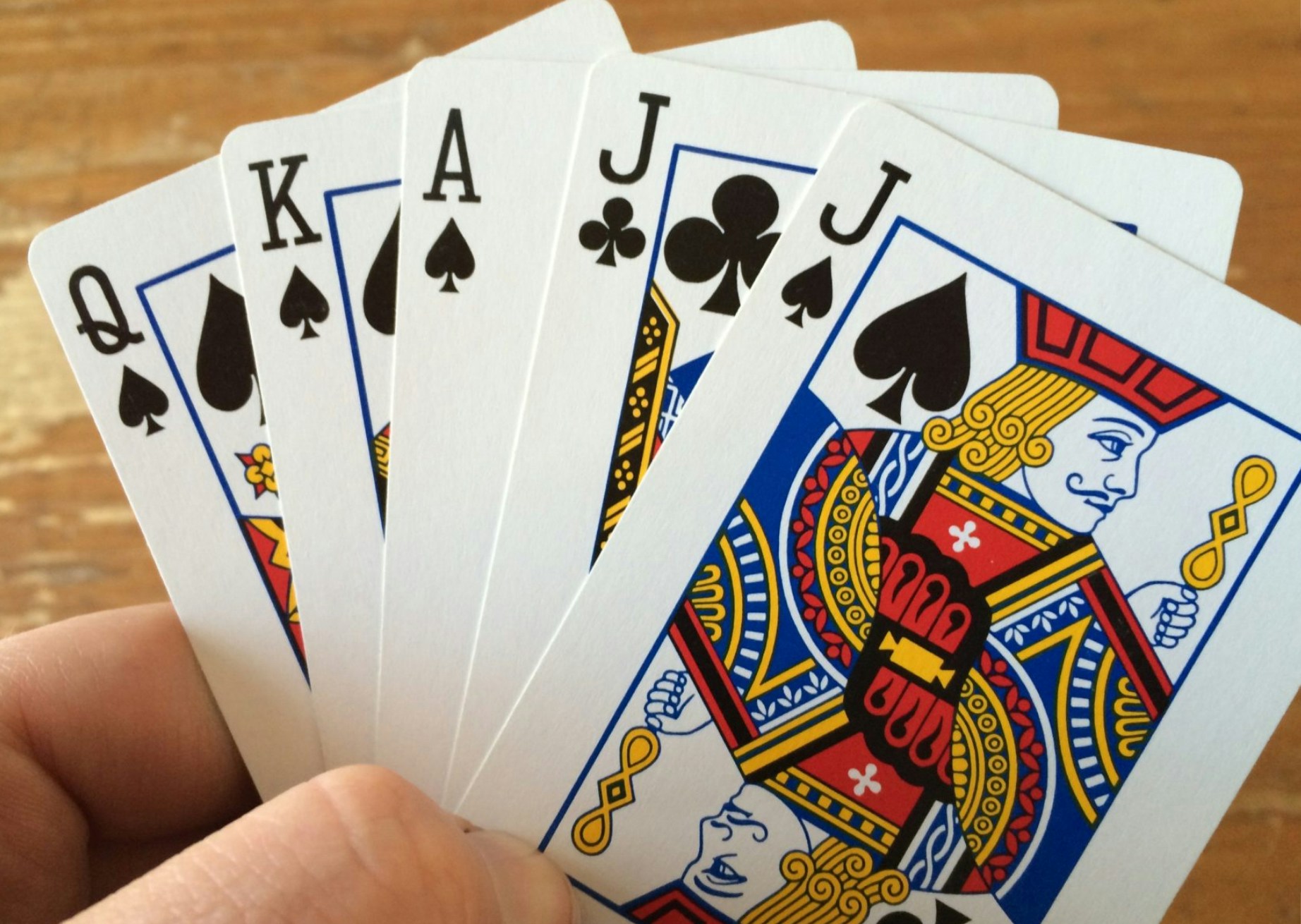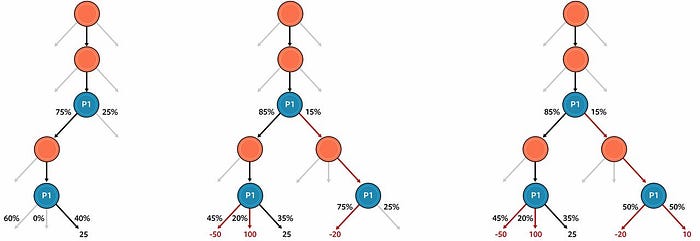Poker Neural Nets
Anyway, I think I was thinking that including the difference from the average value would help the neural network identify pairs. In retrospect, it should have been able to recognize that simply from the card values, no?
Neural network jargon. activation: the output value of a hidden or output unit. epoch: one pass through the training instances during gradient descent. transfer function: the function used to compute the output of a hidden/ output unit from the net input.


Poker Neural Network Example
- Backpropagation is the heart of every neural network. Firstly, we need to make a distinction between backpropagation and optimizers (which is covered later). Backpropagation is for calculating the gradients efficiently, while optimizers is for training the neural network, using the gradients computed with backpropagation.
- At Microsoft similar neural nets underpin a new Skype tool that instantly translates from one language to another. Baidu is using such AI technology to target ads on its search engine, something.
- We used a deep neural network with three hidden layers each one has 256 nodes. We used a linear activation function on the output layer; We trained the model then test it on Kaggle. We also tested two other models; Our deep neural network was able to outscore these two models.
- HNN stands for Haskell Neural Network library; it is an attempt at providing a simple but powerful and efficient library to deal with feed-forward neural networks in Haskell. It is a neural network library implemented purely in Haskell, relying on the hmatrix library.

Limit holdem had been done a lot and No Limit was my area of expertise, which is why I chose it. I didn't have that much experience with shortstacking, but I had read pretty much everything there was to read on it and it seemed like a good start because of its simplicity. Little did I know that the profits from shortstacking come from a very few carefully timed moves that are close to impossible for a rules-based bot to emulate (more on that in another post). Eventually I decided to build a no limit heads up bot, which is where my success wound up being.
Poker Neural Network

I didn't mention it in the post, but the key was moving away from rules based to a value based system, where the bot calculated the profitability of its options and decided based on that. It was a lot easier to debug, but there were a whole set of challenges to that too, like estimating your opponent's range.
Depending on the context, PokerSnowie may either stand for the AI (the 'brain') or the actual software tool that is powered by the brain.
PokerSnowie is the name behind the concept of increasing game proficiency, overall gaming ecosystem health and entertainment value using mathematical modelling and artificial intelligence (neural networks) to develop the strongest, most balanced and ultimately un-exploitable gameplay possible. We want to give everyone the chance to improve their game in an effective yet responsible way for the overall good of the gaming community.
We've already put our ambition into practice in the form of BackgammonSnowie, which showed fantastic results and a lot of support from novice and professional Backgammon players alike.
With poker increasing in popularity, in addition to the fact that it's a similarly skill-based game with some elements of luck, it was the next logical step in our progression, and resulted in PokerSnowie.
PokerSnowie is a very strong No Limit Hold'em poker player. Its knowledge is based on artificial intelligence neural networks and mathematical models, and its experience is the result of trillions of hands of gameplay against itself over the course of a decade.
PokerSnowie has no expert knowledge built in and its goal is to develop a perfectly balanced and un-exploitable strategy, making it the perfect partner to help you develop a long term winning strategy.